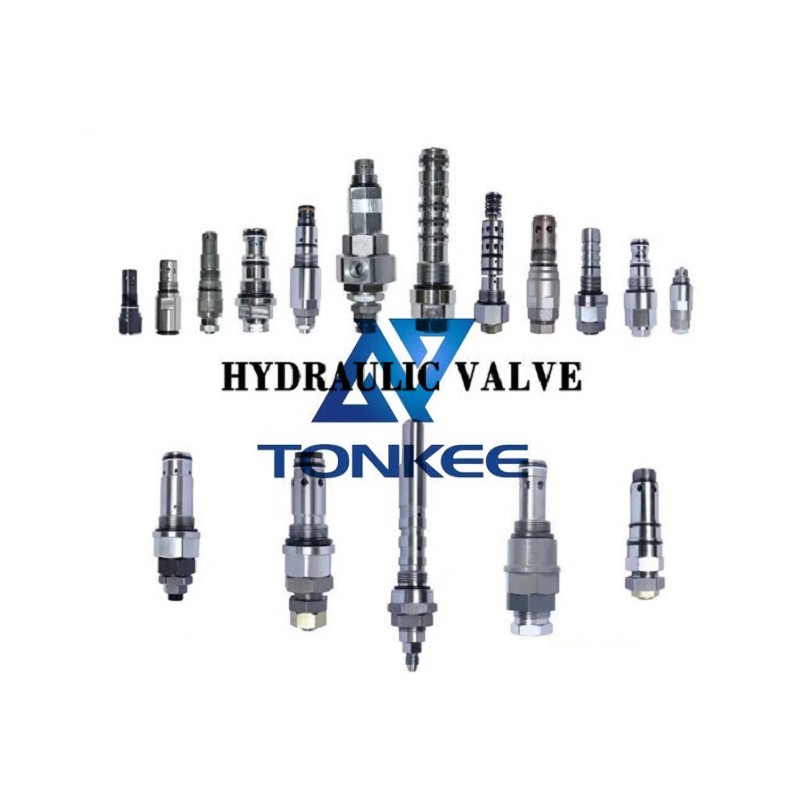
Safety Valve:
A safety valve is designed to protect hydraulic systems from excessive pressure that could potentially cause damage or failure.
Its primary function is to release fluid when the pressure exceeds a predetermined limit, thus preventing any catastrophic failure of the system. Safety valves are typically set to open at a specific pressure threshold, known as the set pressure or cracking pressure.
Key Features and Specifications of a Safety Valve:
Pressure Setting: Safety valves are calibrated to open at a specific pressure level to prevent system overpressure.
Reliability: Safety valves are built to ensure consistent and reliable operation, even under extreme conditions.
Full Flow Capacity: These valves are designed to have a high flow capacity to quickly relieve excess pressure from the system.
Resetting Capability: Once the pressure is relieved, safety valves can be reset manually or automatically to resume normal system operation.
Compliance: Safety valves need to meet specific standards and certifications to ensure their reliability and effectiveness in protecting the hydraulic system.
Control Valve:
In contrast to safety valves, control valves are used to regulate the flow rate and direction of fluid within a hydraulic system.
They provide precise control over the fluid flow and are responsible for adjusting the system's pressure and flow according to the desired parameters. Control valves allow operators to manipulate the hydraulic system, directing fluid to specific actuators or adjusting the speed and force of the system.
Key Features and Specifications of a Control Valve:
Flow Control: Control valves allow operators to adjust the flow rate of fluid, enabling precise control over the system's performance.
Pressure Control: These valves can regulate the pressure within the hydraulic system, maintaining it at the desired level.
Directional Control: Control valves can determine the direction of fluid flow, allowing for the activation or deactivation of specific actuators.
Proportional Control: Some advanced control valves offer proportional control, meaning they can adjust the flow or pressure proportionally to a given input signal.
Response Time: Control valves are designed to have fast response times to ensure quick and accurate adjustments to the hydraulic system.



 English
English Türkçe
Türkçe


